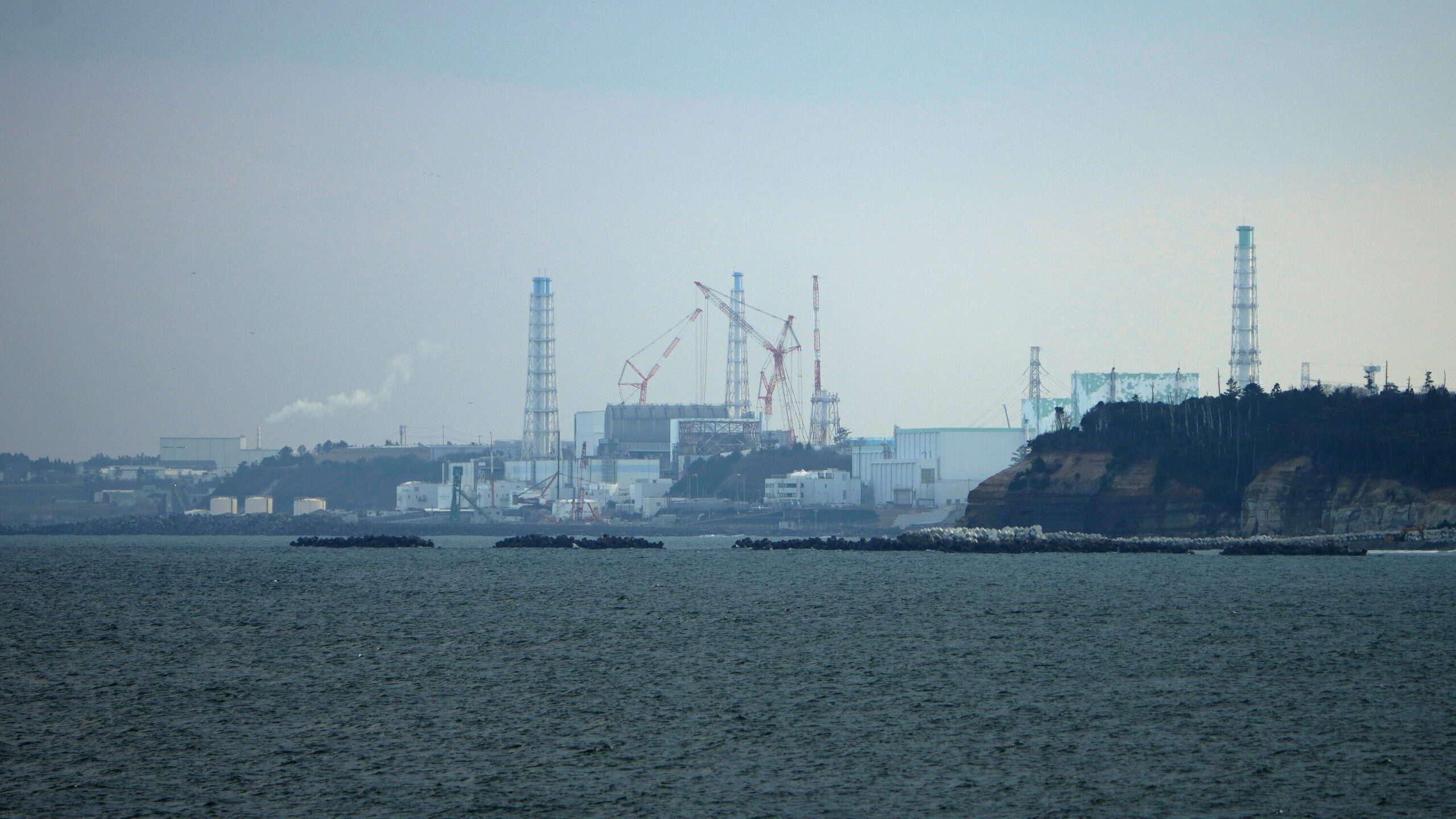This article compares and contrasts earthquakes and tsunamis, two natural disasters that can cause severe damage to human lives and property. Earthquakes are caused by the movement of tectonic plates, while tsunamis are caused by underwater events such as earthquakes, volcanic eruptions and landslides. Both disasters can be incredibly powerful, with the most massive ones causing significant damage. The impact on human life and property can be devastating, with earthquakes causing destruction to buildings and infrastructure, while tsunamis can cause damage to coastal areas and indirect damage such as the destruction of fishing boats and ports. It’s essential to be prepared for both disasters to minimize their impact.
Tsunami vs. Earthquake
Introduction
Both tsunamis and earthquakes are natural disasters that can cause significant damage to human lives and property. While they may seem similar in terms of their impact, they are two different types of natural disasters caused by different factors. This article will compare and contrast tsunamis and earthquakes and determine which of the two is more powerful.
Causes of Earthquakes and Tsunamis
Earthquakes are caused by the movement of tectonic plates beneath the Earth’s surface. When the plates move against each other, they create seismic waves that can cause the ground to shake violently. This shaking can cause landslides, ground ruptures, and other secondary hazards. Tsunamis, on the other hand, are caused by underwater earthquakes, volcanic eruptions, or landslides. When these events occur underwater, they can displace a large volume of water, creating a series of waves that can travel long distances.
Power of Earthquakes vs. Tsunamis
Earthquakes can range in severity from minor tremors to major earthquakes with magnitude 8 or higher. The most massive earthquake ever recorded was the 1960 Valdivia earthquake in Chile, which had a magnitude of 9.5. The energy released by this earthquake was equivalent to 2.2 billion tons of TNT, enough to power the entire world for two weeks. Tsunamis, on the other hand, can be just as powerful or even more powerful than earthquakes. The most massive tsunami ever recorded was the 1958 Lituya Bay tsunami in Alaska, which reached a height of 1,720 feet (524 meters) and caused significant damage to the surrounding areas.
Impact on Human Lives
Both tsunamis and earthquakes can cause significant damage to human lives and property. In the case of earthquakes, the primary impact is the destruction of buildings and infrastructure. Depending on the severity of the earthquake, this destruction can range from minor damage to complete devastation. Earthquakes can also cause landslides and ground ruptures, which can be dangerous to people living in affected areas. Tsunamis, on the other hand, can cause extensive damage to coastal areas. The waves can destroy buildings, flood streets, and cause significant erosion. In addition, tsunamis can cause indirect damage, such as the destruction of fishing boats and ports, which can have long-term economic impacts on affected communities.
Conclusion
In conclusion, both tsunamis and earthquakes are powerful natural disasters that can cause significant damage to human lives and property. While earthquakes are caused by tectonic plate movement, tsunamis can be caused by underwater earthquakes, volcanic eruptions, and landslides. Both disasters can be incredibly powerful, with the most massive earthquakes and tsunamis causing significant damage. The impact on human life and property can be devastating, with each disaster causing unique types of destruction. Ultimately, it’s impossible to determine which disaster is more powerful, as it depends on the specific circumstances of the event. However, it’s essential to be prepared for both types of disasters to minimize the impact on human lives and property.
